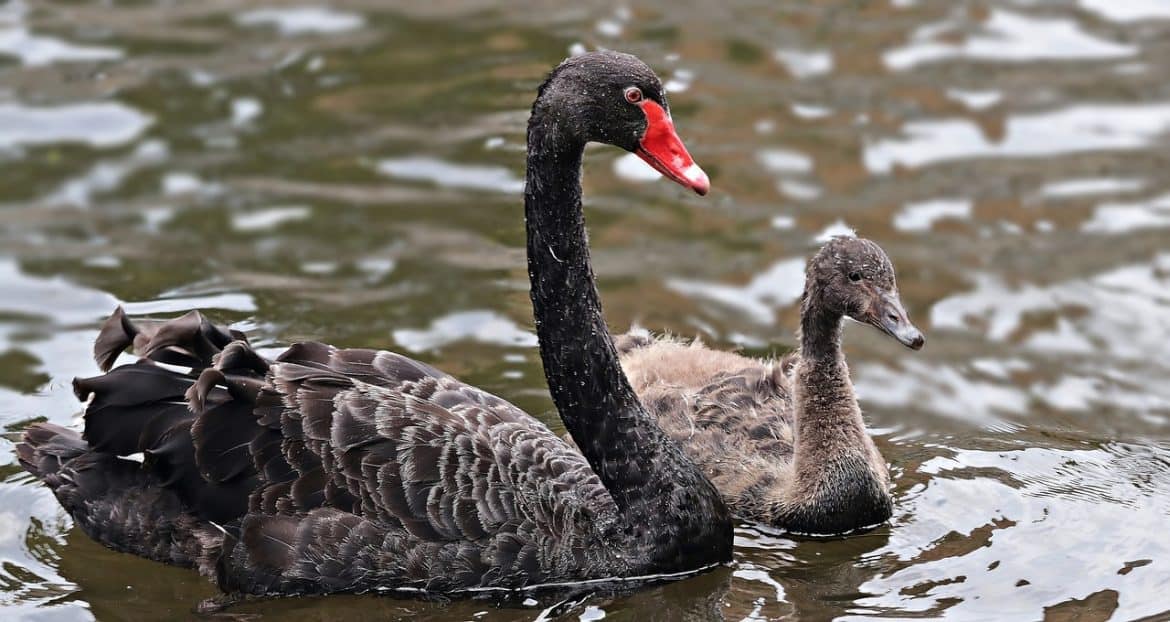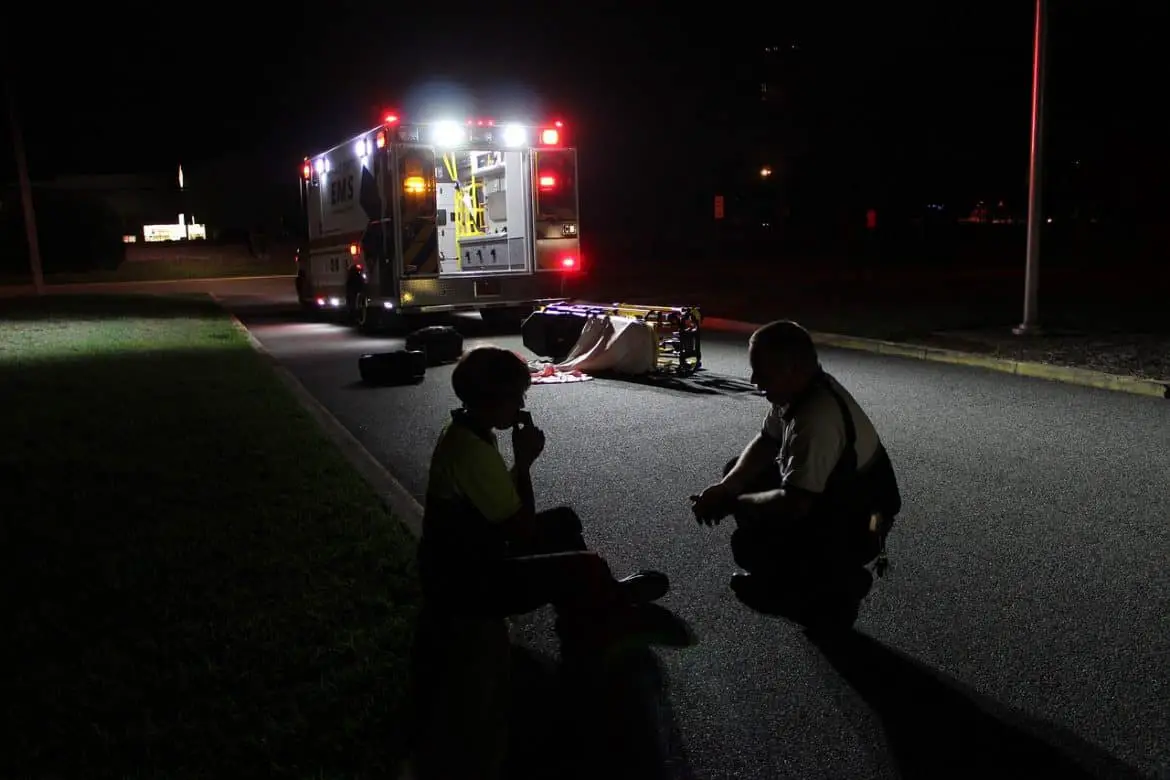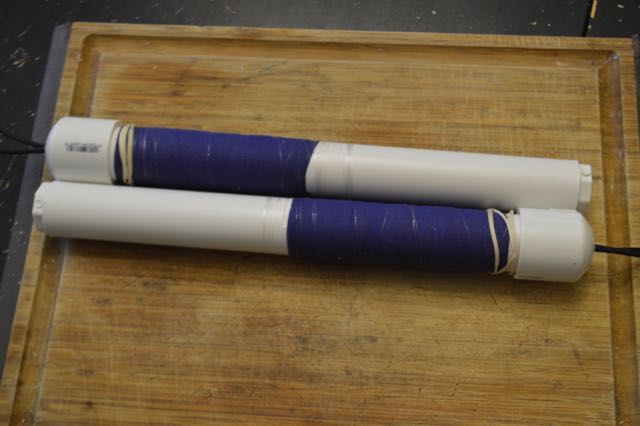Black Swan events are events hat comes as a surprise, has a major effect, and is often inappropriately rationalized after the fact with the benefit of hindsight. Most preppers are preparing for such events. The Black Swan describes black swan theory and how to thrive during such occurrences.The Author shows in a playful way that […]
Month: January 2016
PRN Episode #26 Critical Incident Stress Management
Preparedness is about making small sacrifices in normal times so that you do not have to make huge sacrifices in times of scarcity (at least in this host’s mind) – its not just about buying beans, bullets, and bandages – it’s also about learning, training, and building capability. David has spent a lot of time […]
The Internet Guide to Survival and Self-Reliance
You could search the internet for weeks and not find half of the expert survival sites in this unique guide. The Internet Guide to Survival and Self-Reliance comes with its own Web site to put all this information just a click away. The book, The Internet Guide to Survival and Self-Reliance teaches you how […]
How to Make Portable PVC Fishing Gear
First of all, before I show you how to make portable PVC fishing gear I want to rant about prepper plans that are not as smart as many think. Generally speaking, I think that for the VAST majority of preppers, having a “mountain man plan” of bugging out to the wilderness and living off the […]




